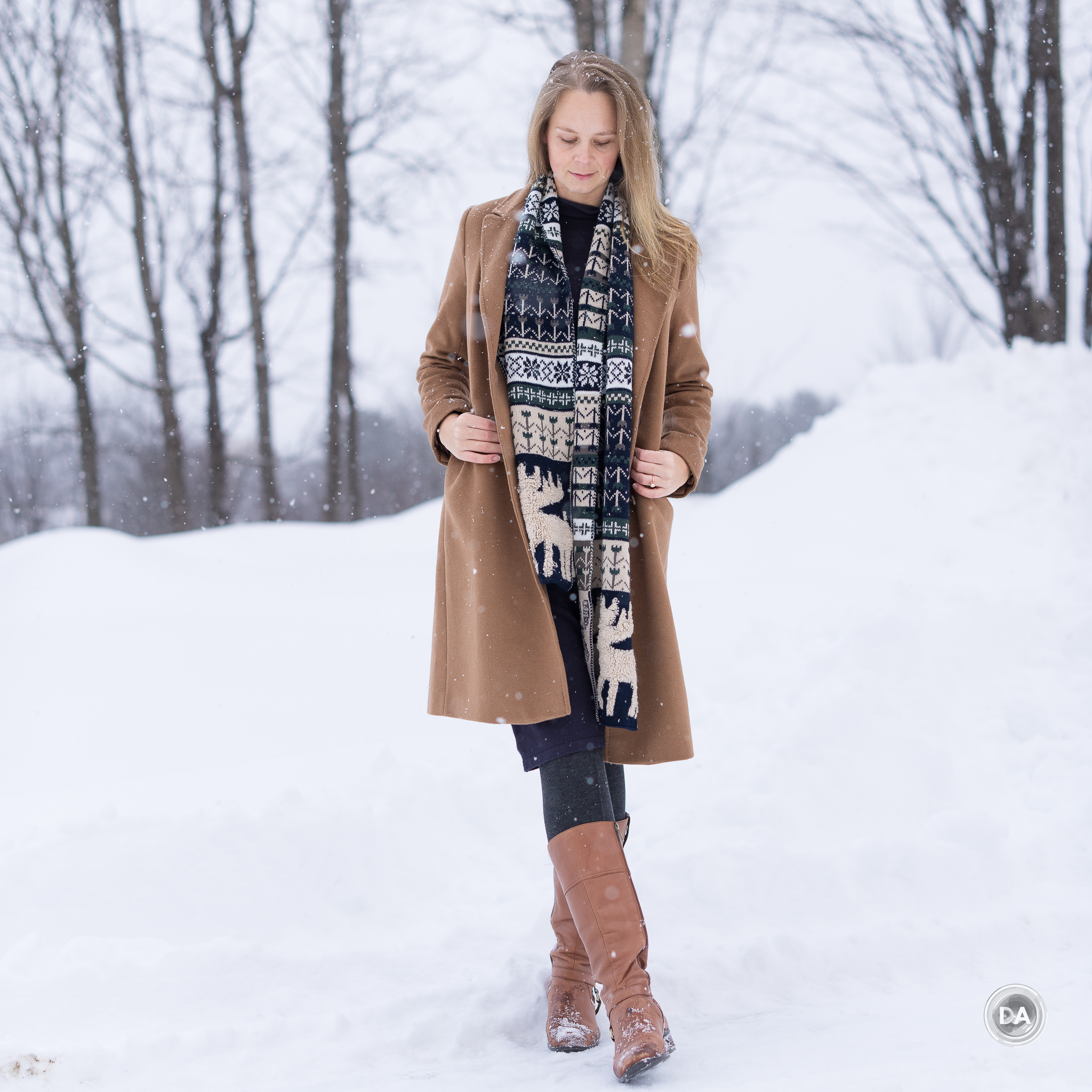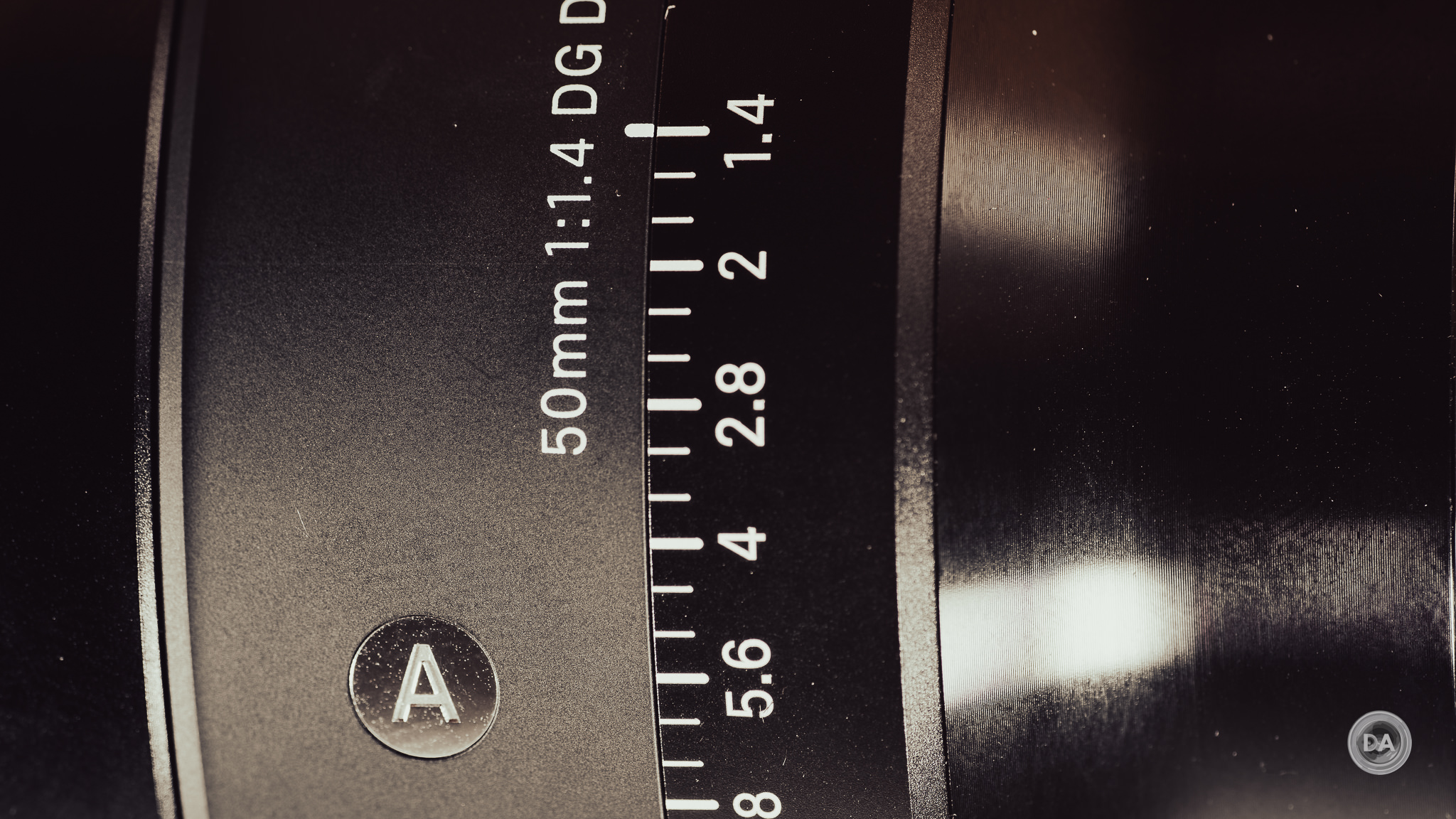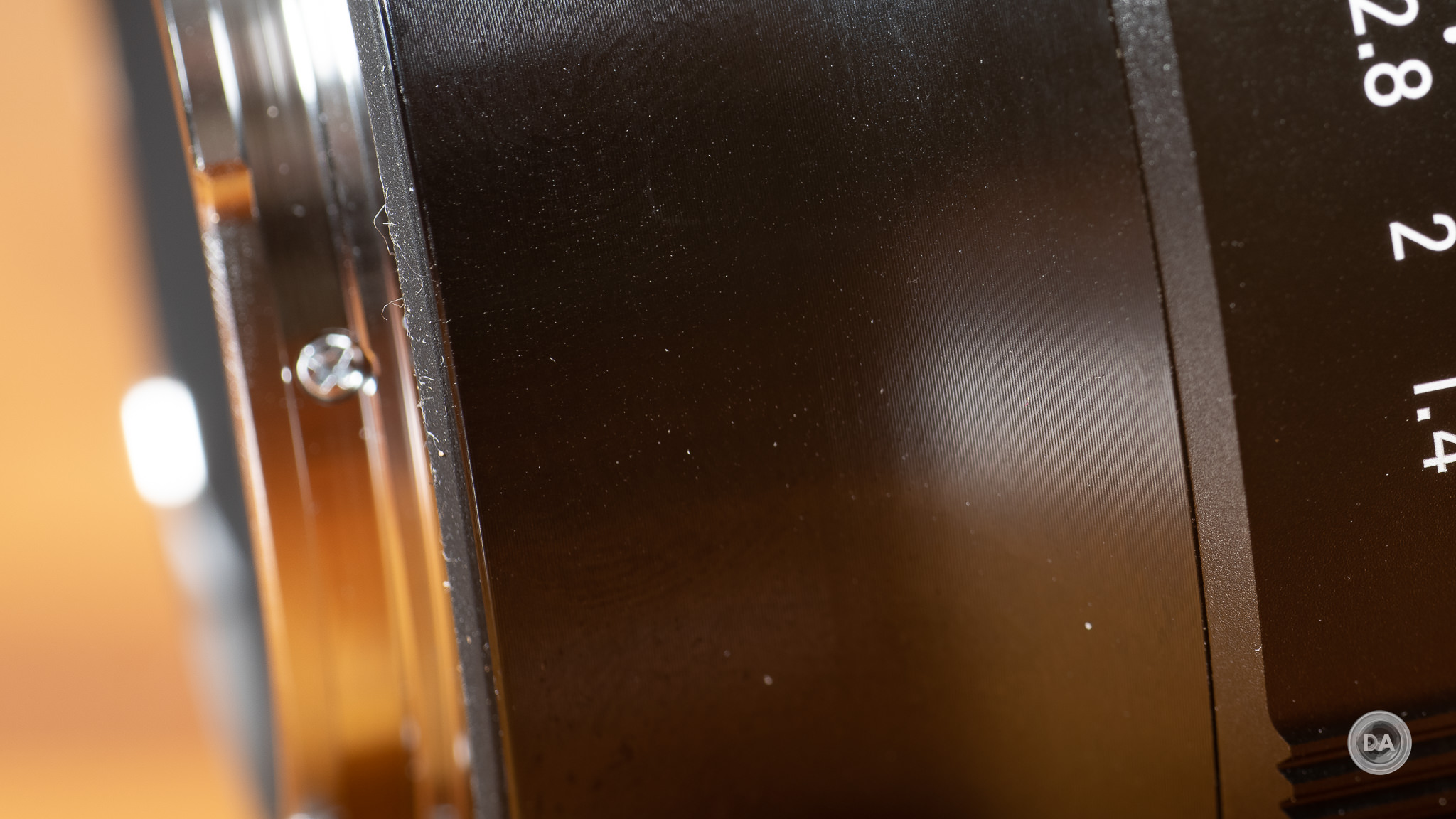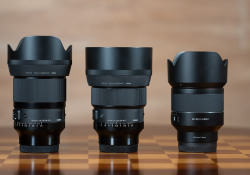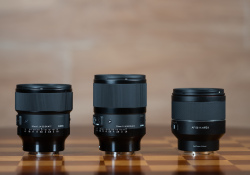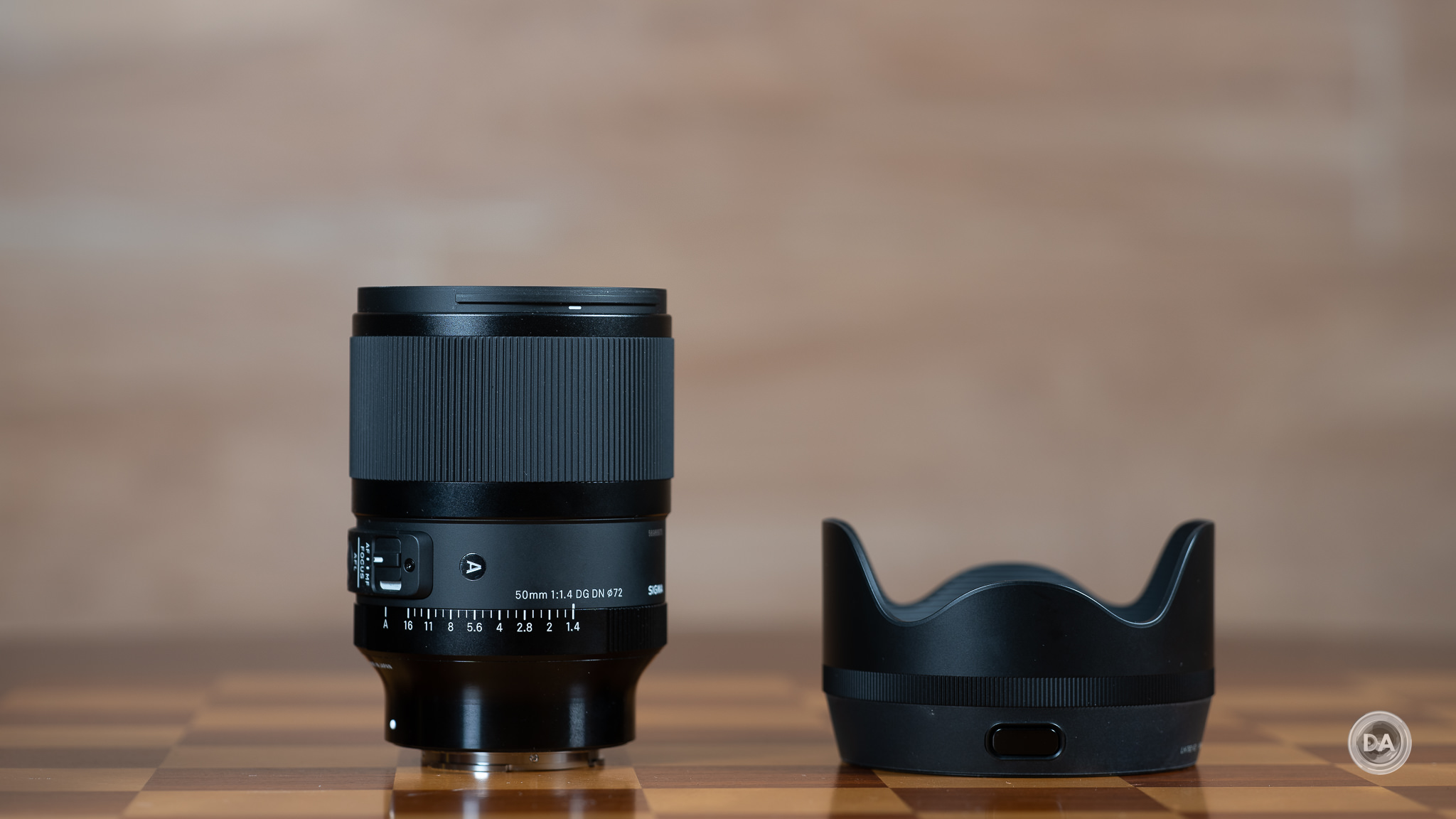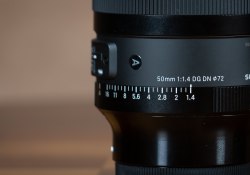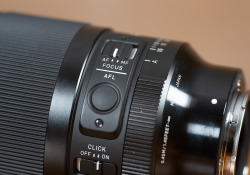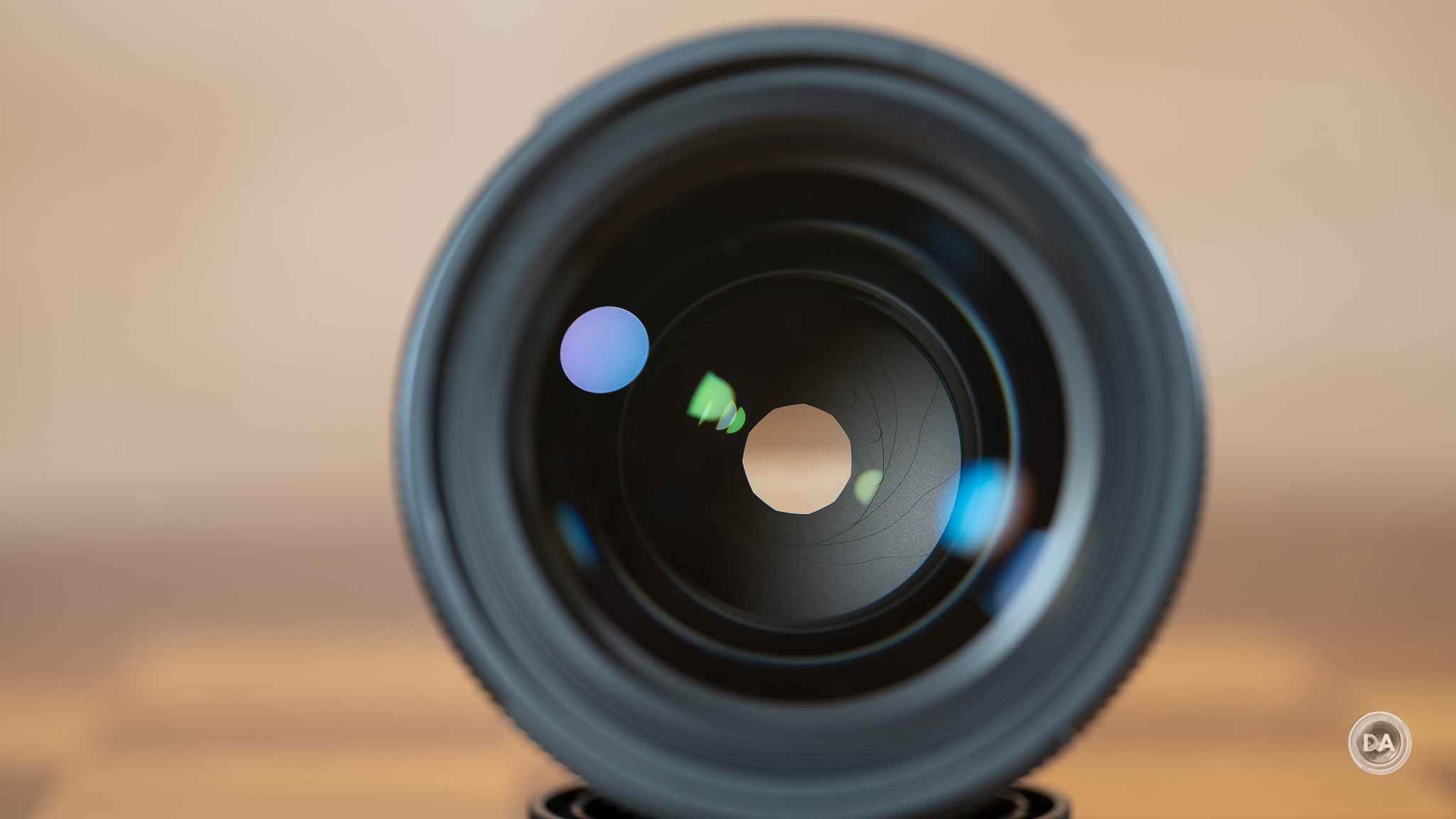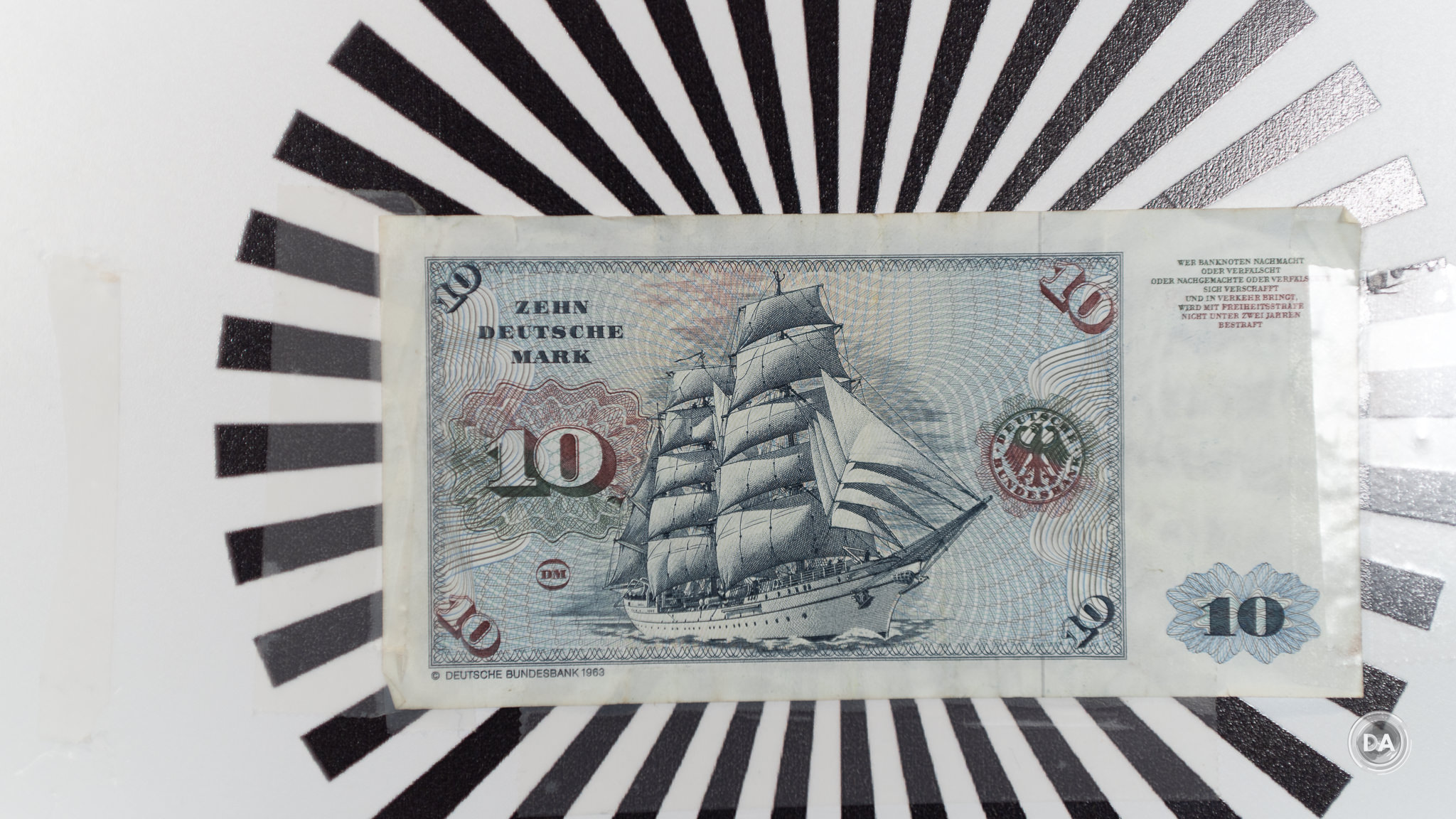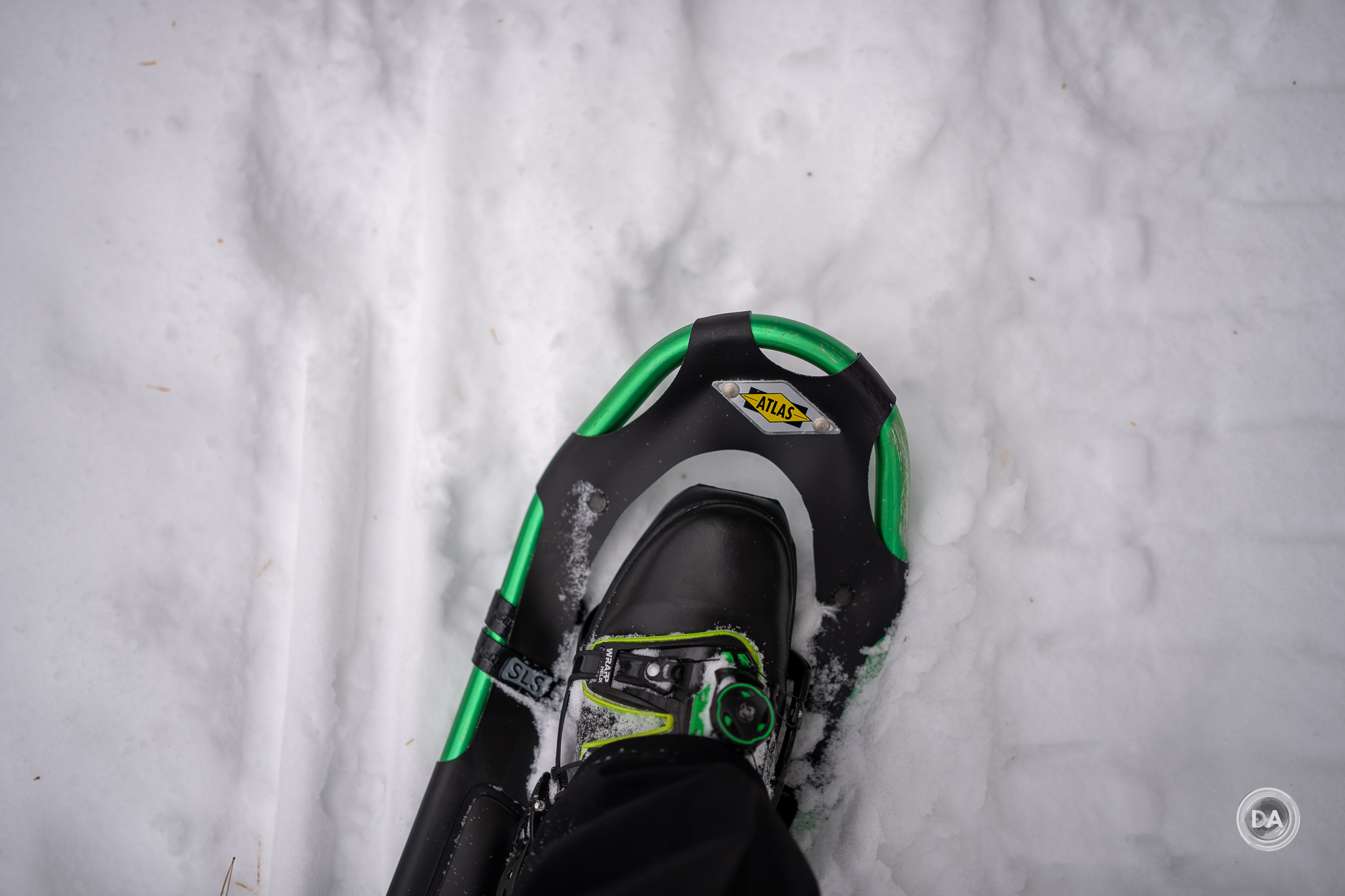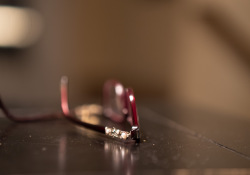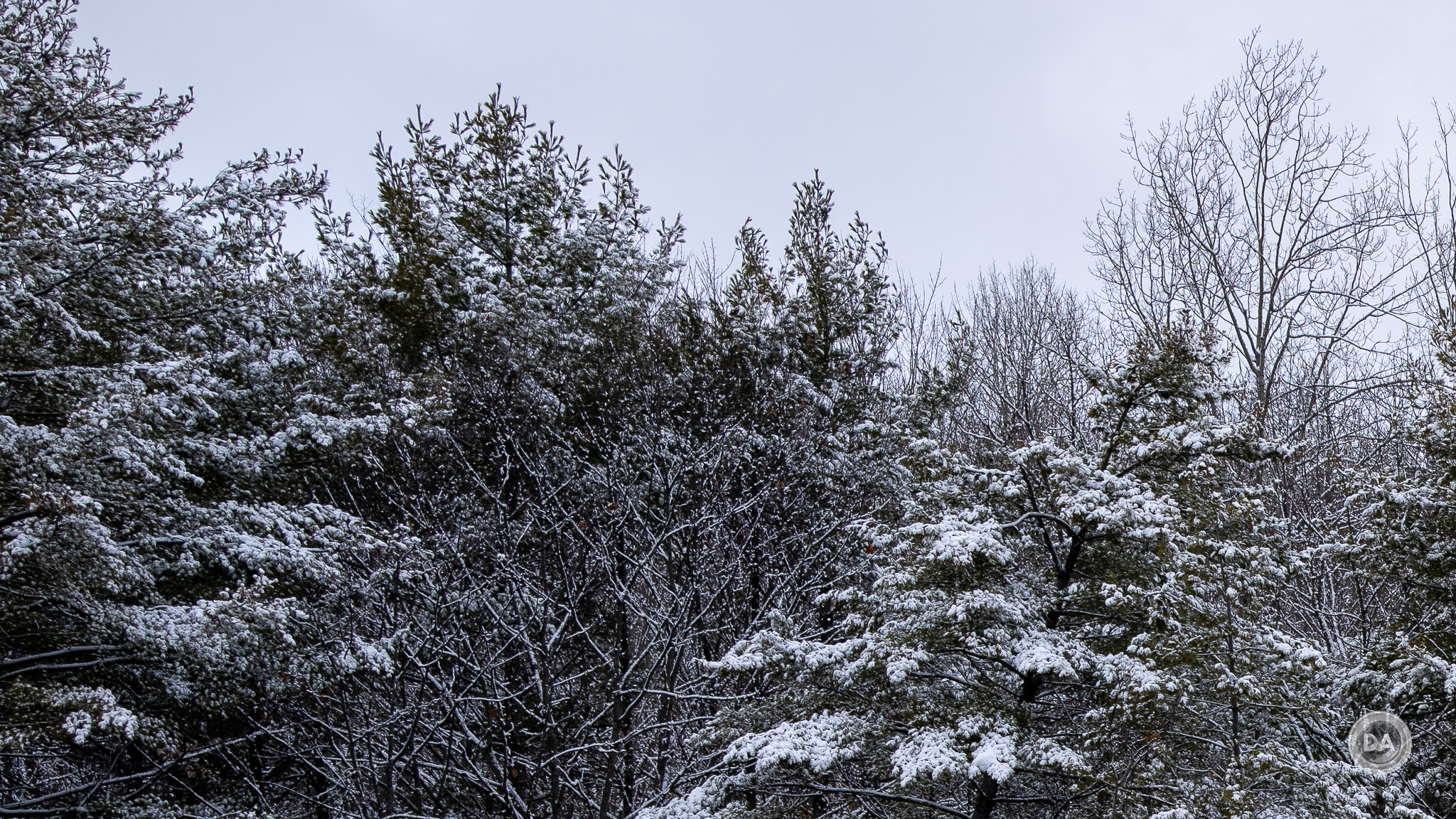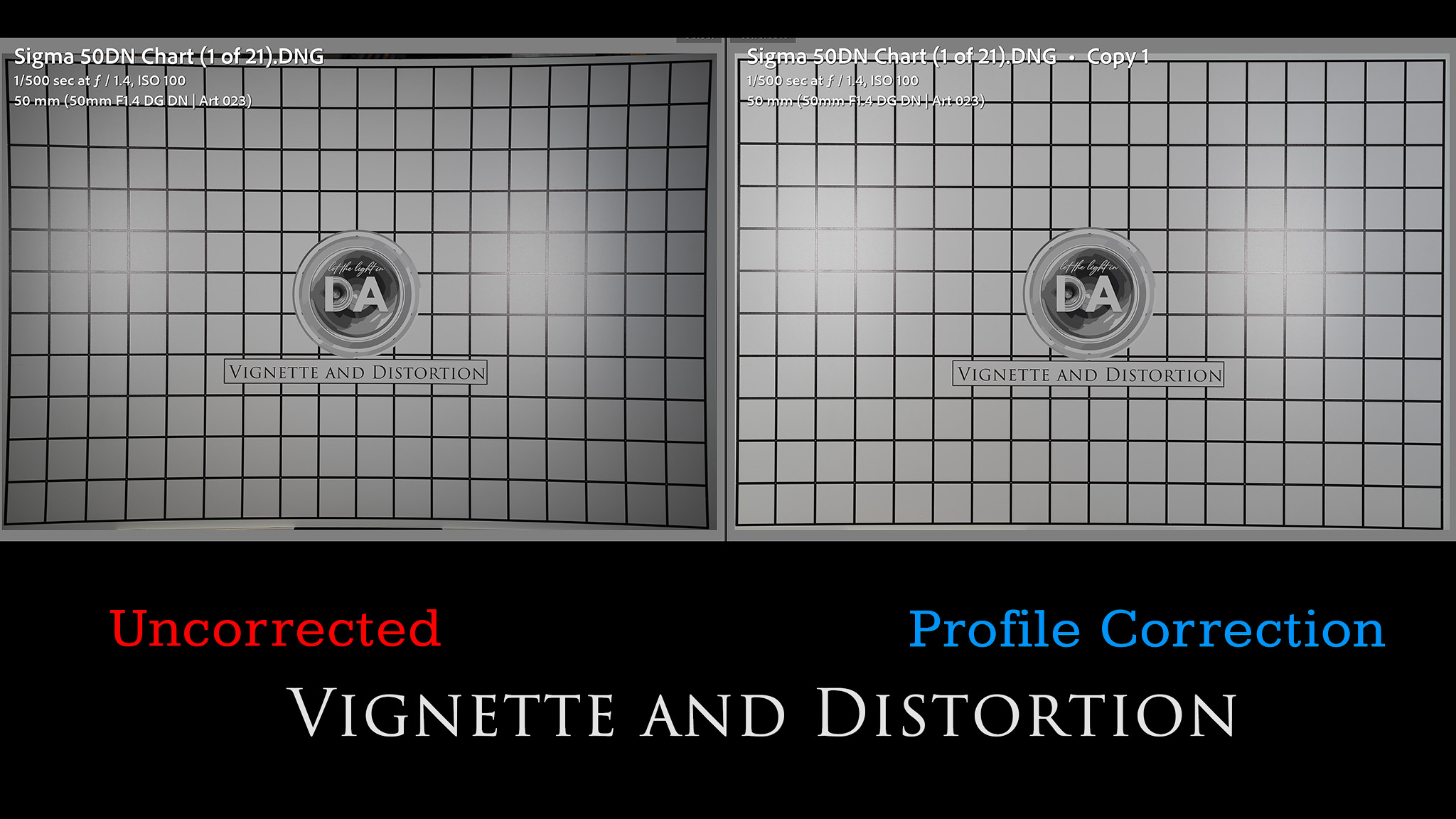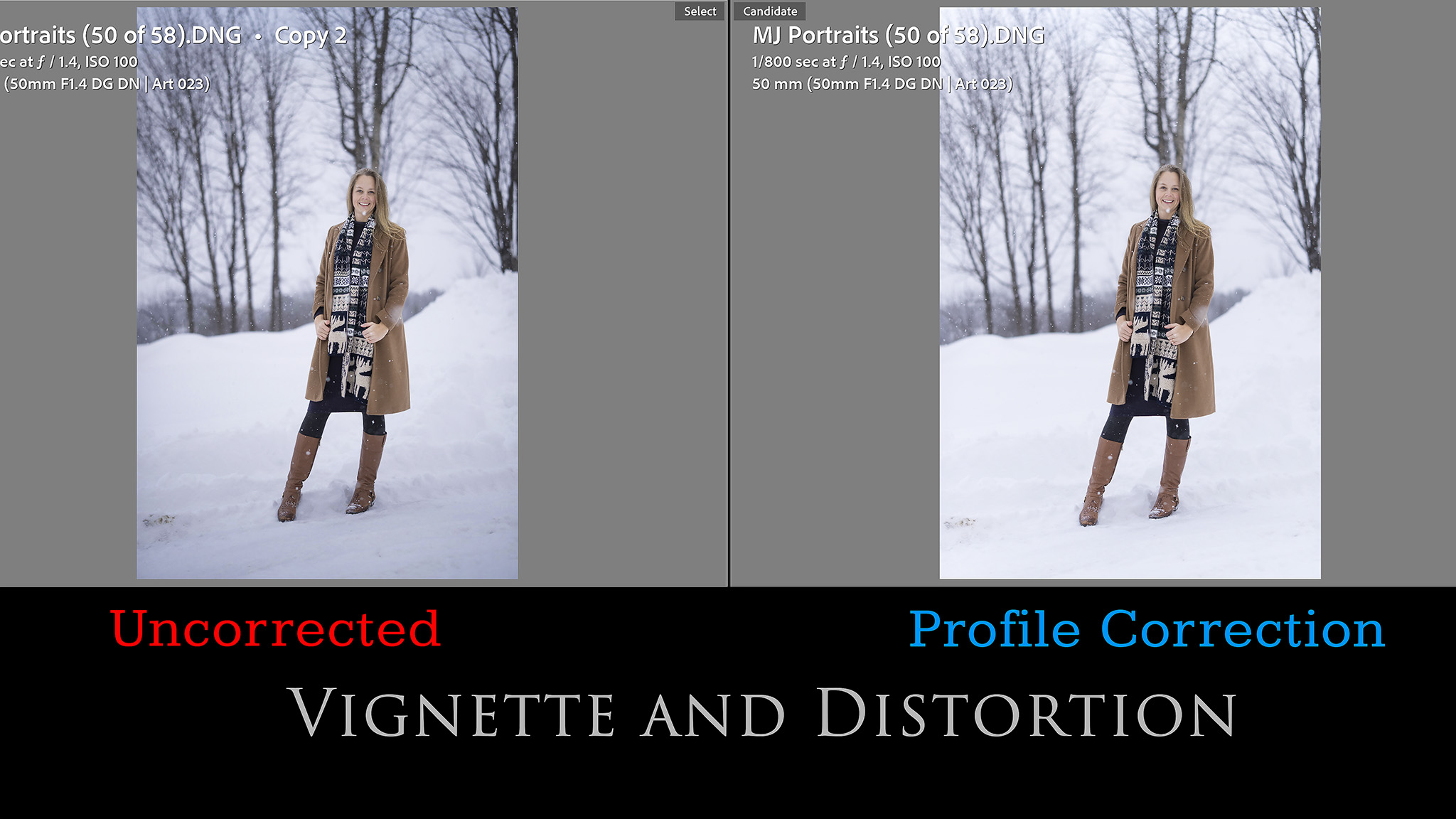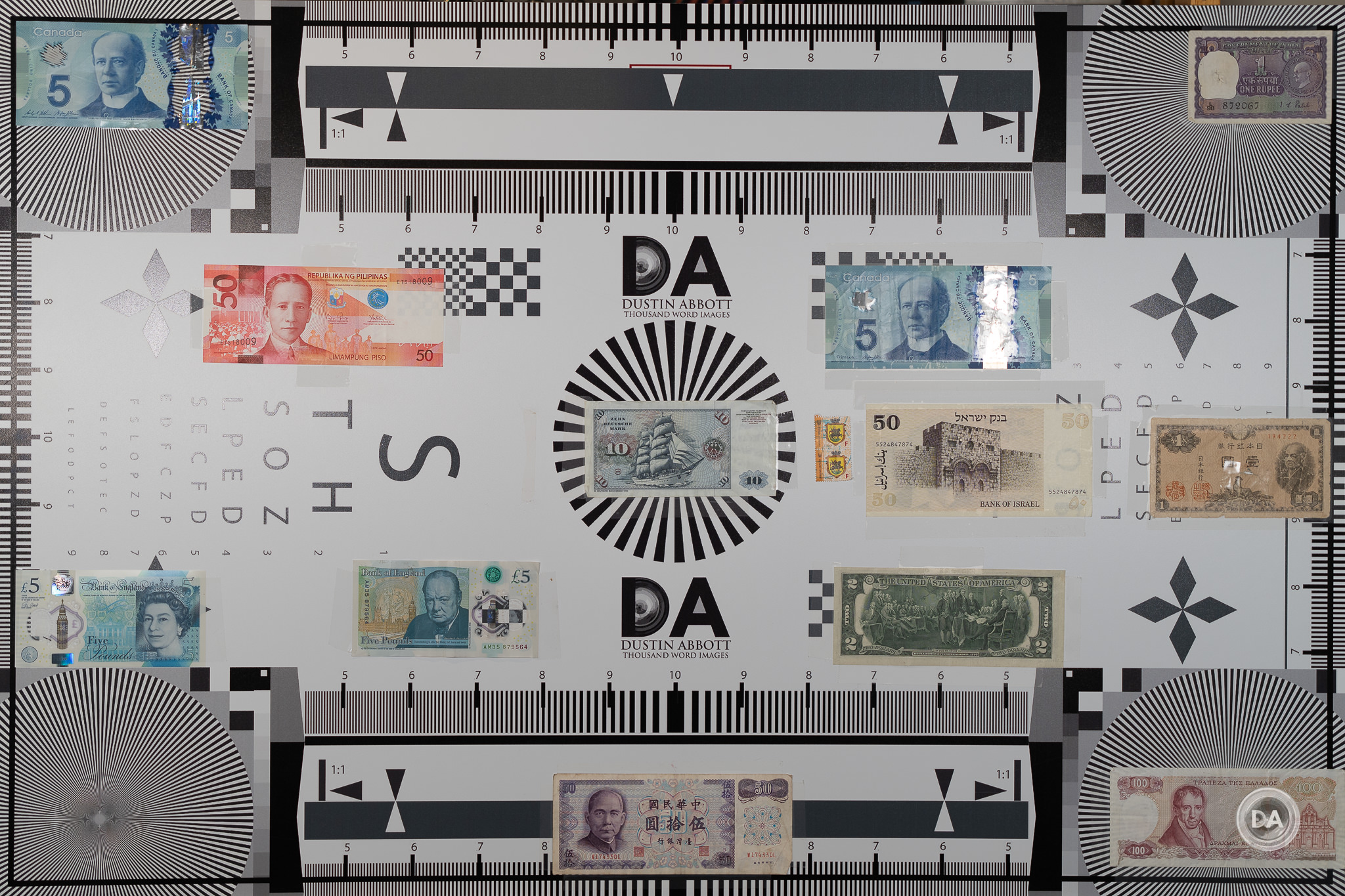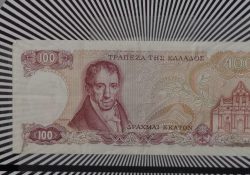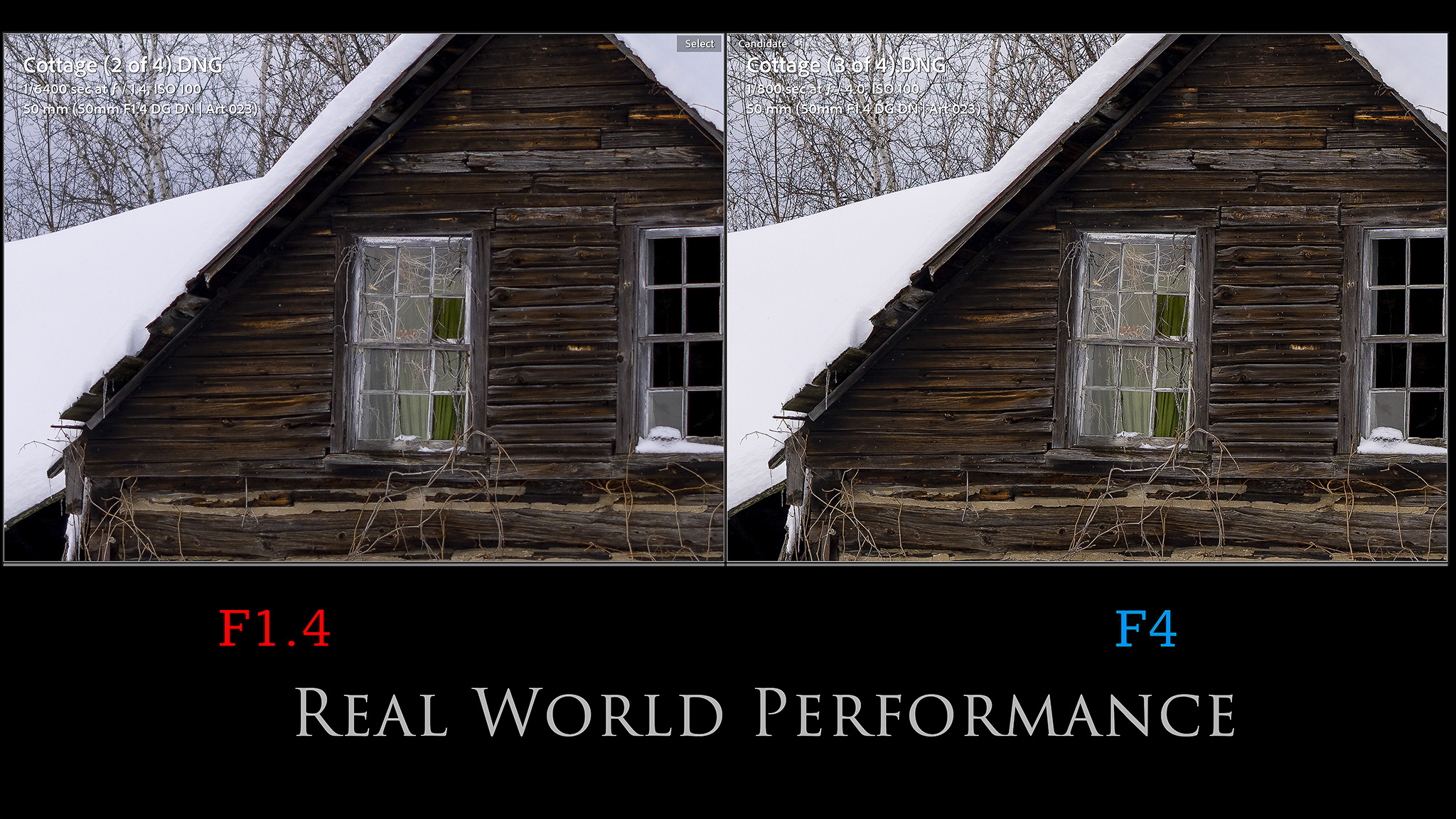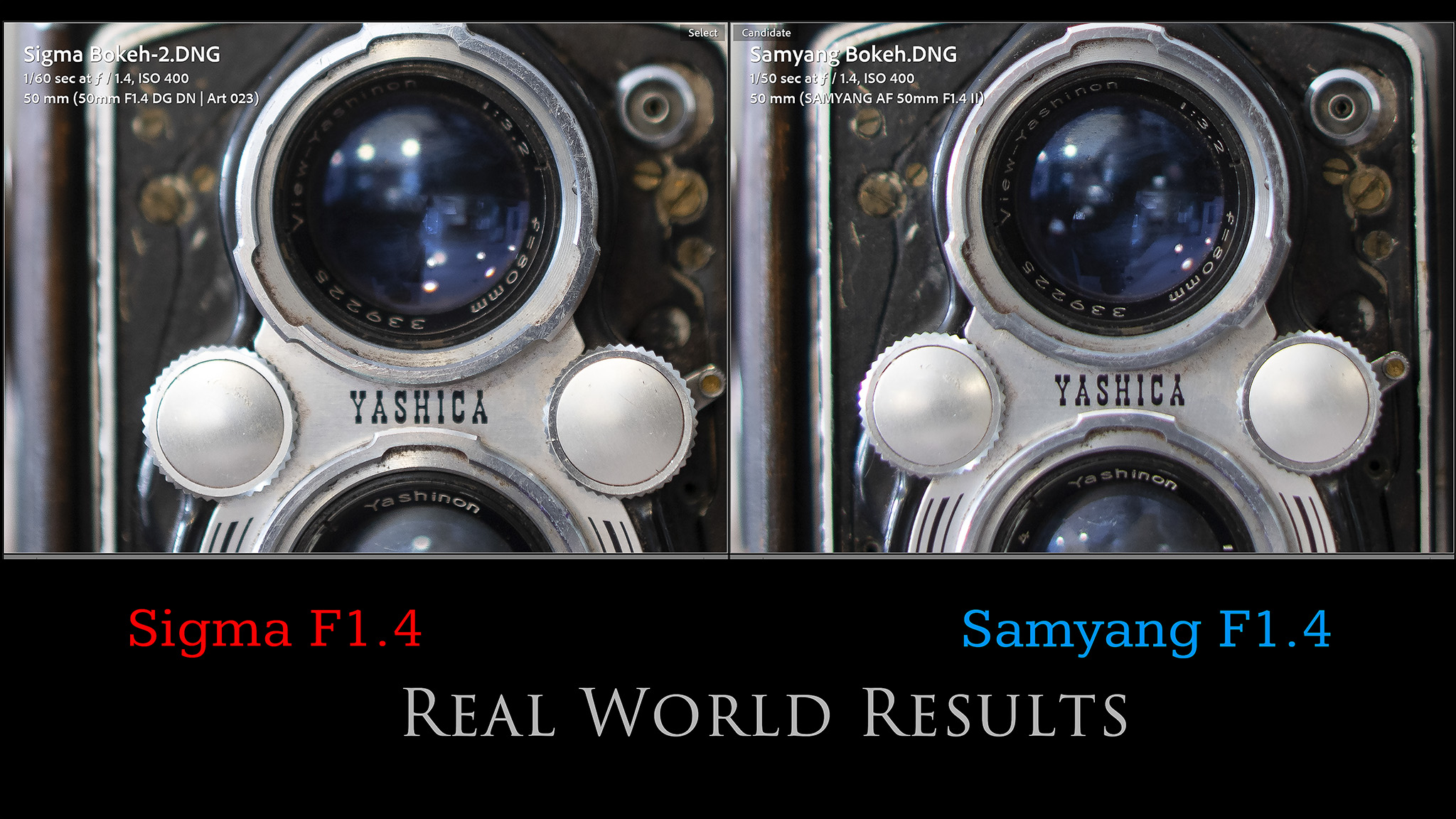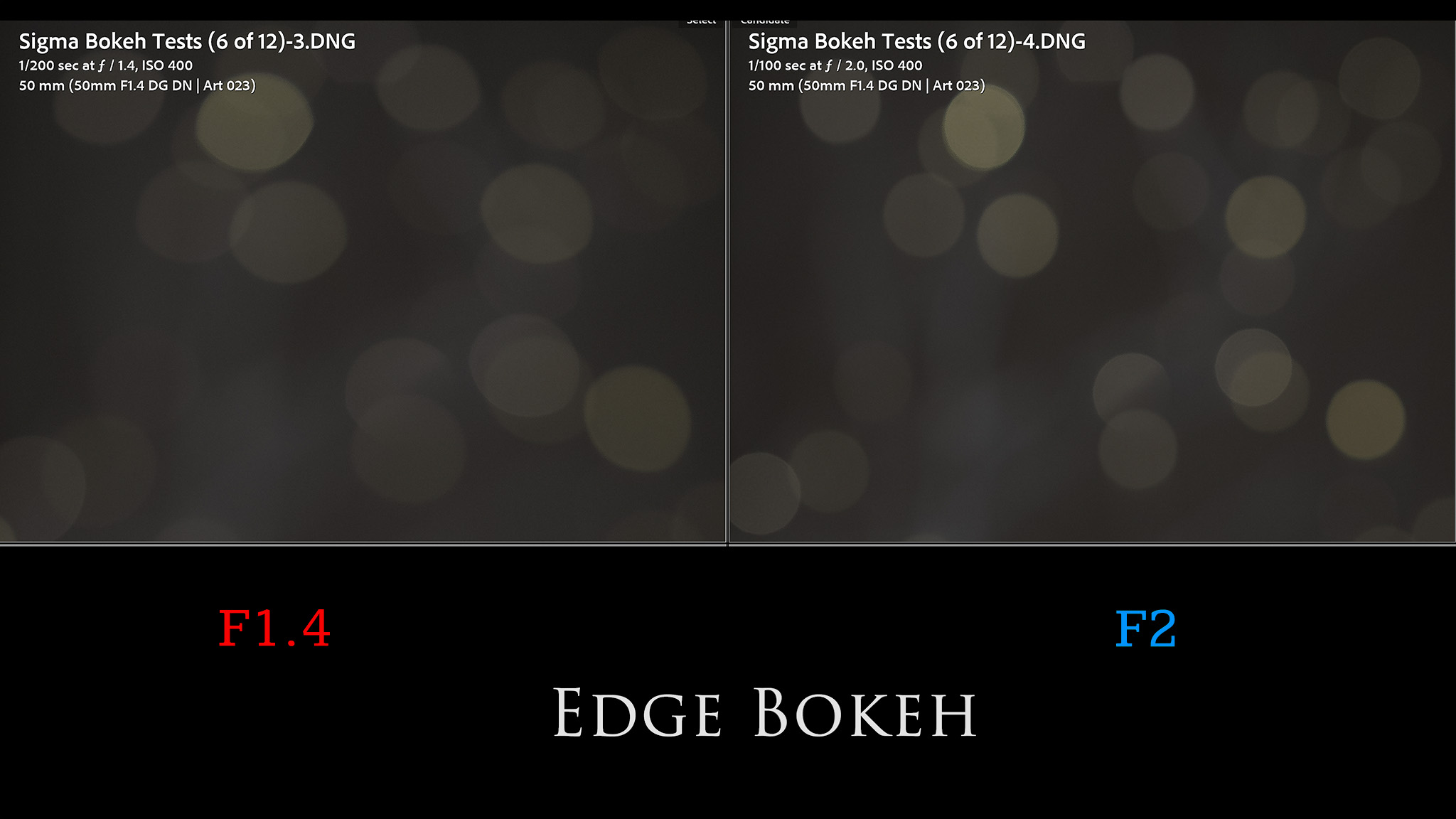It’s the one I’ve been waiting for! Even since Sigma released their 85mm F1.4 DN in 2020 (my review here) I’ve been harassing my Sigma contact about a 50mm DN lens. Well, it’s here, and the Sigma 50mm F1.4 DG DN ART is sure to be a hit. Why do I say that? While Sony has a TON of available lenses at this point, the amount of quality 50mm options is actually fairly low. The older Sony Zeiss 50mm F1.4 Planar (my review here) is still available, though at a pricy $1500 USD. There’s the bargain Samyang AF 50mm F1.4 II (my review here) which is well worth considering at $650 USD. Then at the top of the heap there is the brilliant Sony 50mm F1.2 G Master lens (my review here), though it will run you $2000 USD. But Sigma is unique in that it brings us lenses that are more like direct competitors with something like the GM lineup though at a significantly reduced price tag. In this case, the 50mm F1.4 DN is coming to market with an MSRP of $850 USD. That’s a great value for such a high performing lens (as we will see), in particular because the new Sigma is much more competitive with the GM lens than either the older Sony or the new Samyang in terms of autofocus.
Sigma has given the 50mm F1.4 DN their new HLA focus motor, making it just the second lens (after the new 60-600mm DN Sport) to receive this superior high speed focus system. HLA stands for “High-response Linear Actuator”. There is a clear improvement in focus speed with this new focus motor, delivering near instant focus changes. The Sigma is closer to the GM in autofocus performance than any of the other 50mm alternatives.
There are few lenses more valued to wedding and portrait photographers than a quality 50mm F1.4 lens, as this is a versatile focal length and can deliver very striking results. The 50mm F1.4 DN definitely delivers on that front, and its reasonable price is sure to prompt the same kind of success that Sigma saw with its original 50mm F1.4 ART for DSLR mounts.
If you don’t “speak Sigma”, here’s a quick breakdown of what those letter combinations in the name mean. DG is Sigma’ designation for a lens designed for full frame (DC denotes APS-C). DN refers to lenses designed for mirrorless cameras (in this case the lens will initially come to Sony E-mount [tested here] and Leica L mount, with hopefully other mounts in the future). ART is the designation Sigma gives to its higher end primes and zooms that tend to have larger maximum apertures and higher optical performance.
So should the new Sigma jump onto your wish list for a new 50mm lens. Should you upgrade your current lens to it? You can judge for yourself by either watching my video review below or reading on to get the full picture.
Follow Me @ YouTube | Patreon | Instagram | Facebook | DA Merchandise | Flickr | 500px
Thanks to Gentec (Sigma’s Canadian Distributor) for sending me a pre-release review loaner of this lens. As always, this is a completely independent review. *The tests and most of the photos that I share as a part of my review cycle have been done with the Sony a7IV along with the Sony Alpha 1 which will serve as my benchmark camera for the foreseeable future (my review here).
Sigma 50mm F1.4 DN Build and Handling
Sigma divides its lenses into three different categories: Contemporary, Art, and Sport. The Contemporary lineup gets the lowest level of build and weather sealing, while the lines are a little more blurred with the Art and Sport lenses. This ART lens is very nice built, and has a “Dust and Splash resistant structure” in the form of a gasket at the lens mount, internal seals, and a water and oil repellant coating on the front element.
Sigma has managed to really reduce the size and weight of this new DN lens relative to the DSLR lens from the previous generation (which I reviewed here). They’ve shaved 14.4mm off the length, 7.2mm from the diameter, and, most significantly, 235g in weight. The new lens is 78.2mm (3.1″) in diameter (with a 72mm front filter thread) and 111.5mm (4.4″) in length. It weighs 660g (23.3oz). The size reduction isn’t nearly as dramatic as what we saw with the 85mm F1.4 DN, but neither was the original 50mm F1.4 ART as ridiculously large. Here’s a look at how the new 50mm F1.4 DN compares with the 85mm F1.4 DN and the Samyang AF 50mm F1.4 II:
As per usual with the ART series, Sigma provides a nice padded nylon case along with a quality lens hood. The lens hood has different textures to it along with a locking mechanism. Sigma does go the extra mile in the presentation of their lenses, and they are proud that their products continue to be fully assembled in Japan.
The 50mm F1.4 DN has Sigma’s unique approach to aperture, which includes several features. This includes an aperture ring with the option of using the “clicked” version (with one-third stop detents) or, with the flip of a switch, a fully declicked version that will allow for aperture racking for video. One unique Sigma feature is an aperture lock switch, which you can engage either in the manual aperture portion (this will keep you from inadvertently sliding into “A” [Auto] position, particularly important if doing aperture racks), or you can engage it when you are Auto aperture mode to make you that you don’t inadvertently bump the ring and change the aperture without noticing.
This really gives users the best of all worlds, as for those who don’t like an aperture ring, you can use the lock and just control the aperture from within the camera (or allow the camera to control aperture) without being concerned about an inadvertent bump of the ring. You can use the manual aperture ring with clicks (my personal preference), or declick it if preferred.
The aperture iris itself features a higher blade count with eleven rounded aperture blades, which, incidentally, equals the tally on the GM lens. This ensures that the aperture stays nice and round even with the lens stopped down.
The 50mm F1.4 DN also sports an AF/MF switch and a focus hold button which you can program to various functions in the camera.
The manual focus ring is nice and wide, deeply ribbed, and is really nicely damped. The high power of the focus motor means that there is no latency when you manually focus (mirrorless lenses operate on a “focus by wire” arrangement rather than a direct mechanical coupling to the focus elements). Manual focus action is very nice and feels pretty close to the real thing. If you are using the Leica L version of the lens and the USB dock, you can tweak the behavior of the focus ring between linear focus and non-linear focus.
The build quality feels very nice here, roughly on par with the much more expensive G Master. It’s a great mix of nice materials, including some metal alloys and engineered plastics, and Sigma has long been good at using different textures as a means of keeping their lenses from being “boring” even though there are essentially no accent colors in use here.
The minimum focus distance is 45cm (17.8″), and that leaves us with essentially a 0.15x magnification figure. That’s about average for a 50mm lens, though this is one area where the GM wins. It can focus closer (40cm) and achieves a 0.17x magnification figure. This probably isn’t a deal breaker for most photographers, and the results at the MFD are quite good on the Sigma:
This opens up the possibility of some nice depth of field shots with beautifully blurred backgrounds.
Sigma has delivered a feature set that is pretty comparable to the G Master lens but at a much lower price point. That’s almost certainly going to be a winning combination.
Sigma 50mm F1.4 DN Autofocus
It’s always exciting to see a lensmaker take a leap forward, and Sigma has done that this year with their new AF system. The new HLA (High-response Linear Actuator) focus motor is a definite improvement over the stepping motors Sigma has used in the past on their mirrorless lenses. Here’s how Sigma describes the focus system, “A linear motor is a linear actuator that controls electromagnetic forces and can be driven freely, enabling high-speed AF. It can move the heavy focus group while ensuring the lens remains quiet, but the weight is relatively heavier.” That final phrase can be a little difficult, but essentially they are making the distinction that while typical stepping motors are smaller and lighter, the linear focus motor here is more powerful and has the necessary torque for rapid focus changes even with the heavy glass elements in a large aperture lens like this. And you can definitely feel the speed, as there is little hesitation when making focus changes and instead focus is essentially where you need it be near instantaneously.
I had plenty of speed in all kinds of lighting conditions, including dim lighting.
Furthermore, when I shot a portrait series in falling snow, I had perfect focus results at a variety of focus distances despite the distraction of the snow flakes.
I also shot through some of the foliage of a blue spruce and had perfect eye stickiness and tracking during it.
Animal Eye AF also delivers exceptionally good results. I got perfect lock-on to Nala’s eyes and got a beautiful series of shots of her with light from a nearby window.
Video focus pulls are smooth and fast, with no hesitation, pulsing, or settling. I also saw smooth, confident focus transitions when I put my hand in front of the lens and then allowed focus to transition back to my eyes. The only negative on the video front is that A) there is a significant amount of focus breathing and B) the Sigma is not compatible with Sony’s “breathing compensation” correction found in their newest cameras (so far this is only available with Sony branded lenses).
I would say that the only other negative when comparing to the G Master lens is the fact that the Sigma is artificially limited on Sony’s sport cameras (the a9 or Alpha 1 series) to 15FPS in burst speed. 15FPS is still very fast, obviously, but if you’ve made a big investment in a sports camera, you might want to consider a Sony lens for that simple reason. It’s not fair, obviously, but it’s pretty typical for camera makers to try to bias things in favor of their own lenses. I doubt too many people are buying a wide aperture 50mm lens as a dedicated sports lens, so probably not a big deal for most.
I did some complaining over the focus accuracy on the first generation Sigma, but this new focus motor was just what Sigma needed to up their game in the one area that I felt was lacking a bit. I shot some with the Samyang AF 50mm F1.4 II side by side, and the faster focus speed of the Sigma is extremely obvious.
Sigma 50mm F1.4 DN Image Quality Breakdown
Sigma has done a pretty remarkable job as a third party lensmaker in that people expect a new Sigma release (particularly an ART prime release) to automatically be a very high performing lens. The previous generation 50mm F1.4 was considered to be one of the sharpest 50mm options ever on the Canon EF platform where I was reviewing at the time. Sigma has managed to further improve things on this new DN version. The optical design has gotten a little more complex (14 elements in 11 groups vs 13 elements in 8 groups), and Sigma has upped the number of aspherical elements from 1 to 3 in the new design along with 1 SLD element). The MTF charts shows a stronger performance all across the frame, though the improvement in the corners is the most noticeable element here.
You can see that the HSM lens (first gen lens) started at about 75% in the center but dropped down to the 40% level in the corners. The new DN lens starts at around 80% and rises to 83% or so in the midframe, but then only drops to about the 70% range in the extreme corners. It is essentially as sharp in the corners as the HSM lens was in the center of the frame – something even Sigma pointed out in their pre-release information packet.
I took a look at the MTF charts from two competitors – the less expensive Samyang AF 50mm F1.4 II and the much more expensive Sony 50mm F1.2 GM. The Samyang MTF shows a slightly weaker performance across the frame with more of a drop to the corners. The GM shows a considerably sharper center performance (at F1.2) but has more of a drop in the corners than what the Sigma shows. Here’s a look at the MTF charts for all three lenses.
We’ll break down what I actually found in a mix of real world and chart tests. First of all, a slight surprise to me: I definitely saw some fringing in real world use. I was somewhat shocked when I zoomed into the second image I took with the lens and saw some longitudinal chromatic aberrations in a shot of my wife’s glasses sitting on a side table.
This shot of an old Yashica also shows a bit of LoCA on some of the shiny surfaces.
To be fair, I saw a similar amount of CA when using the Samyang side by side and even saw a bit of LoCA with the GM during my tests. A bit of LoCA is par for the course with a wide aperture 50mm lens, and there isn’t enough here to be destructive.
I also saw little evidence of lateral chromatic aberrations along the edge of the frame.
The surprise with the 85mm F1.4 DN was that it had a surprising amount of pincushion distortion. That was the thing that had to give to get the vastly reduced size while continuing to have great performance elsewhere. It took a pretty significant amount of correction (-11) to eliminate the distortion and I had to max out the sliders in Lightroom to get rid of the vignette. The 50mm F1.4 DN is fairly similar, though with slightly reduced amounts of pincushion distortion (-8) and vignette (+84 instead of 100).
Both these figures are slightly worse than the G Master lens, which required a -5 to correct pincushion distortion and took a +71 to correct for the vignette. Slightly worse, but not radically worse. Sigma provided me with a pre-release correction profile for RAW images that I manually loaded into Lightroom/ACR and I found that it did quite a good job, though I would have corrected just slightly more for the distortion. The good news is that 1) pincushion distortion tends to correct more cleanly than barrel distortion and 2) pincushion distortion can be flattering as it tends to be slimming while barrel distortion is a bit, ahem, bloating.
Here’s a look at a wide open portrait shot without any correction (left side) and after the standard profile has been added (right side):
The snowy environment obviously emphasizes the vignette, so I definitely prefer the corrected version in this setting. In many situations I probably wouldn’t mind the vignette as it provides a natural drawing of the eye to the subject.
Nothing major here, though. All of this is easily correctable.
We’ll move on to testing sharpness. All of the tests and photos shown in this review are done on the 50MP Sony Alpha 1, which is Sony’s second-highest resolution full frame mirrorless camera at the time of this review. Here’s a look at the test chart we’re using for the tests.
If we look closely wide open at F1.4, we find that the lens produces very good center performance, exceptional mid-frame performance, and extremely strong corner performance.
Stopping down to F2 improves things to exceptional levels across the frame. The most obvious improvement is actually in the center of the frame, but you can see the improved contrast and detail in the mid-frame as well:
In some ways there is more obvious improvements when shooting in the real world. In this comparison between F1.4 and F4 you can see that the improved contrast certainly makes a difference in a longer distance shot:
For portraits, however, I think there is plenty of resolution at F1.4. The fact that peak sharpness is slightly off center is actually an asset, as you can get your sharpness wide open results in the rule-of-thirds zones.
Sharpness seems to peak around F4 on my 50MP camera. Minimum aperture is F16, though by that point diffraction has softened the image quite a bit.
Sharpness is not going to be a problem with this lens. Period.
If you are interested in how the Sigma compares to the new Sony 50mm F1.4 G Master, here’s a video that highlights the relative strengths and weaknesses for both lenses:
I found that while the Samyang compared well in the center of the frame on my chart tests, the Sigma offered a little more punch in terms of real world contrast and detail.
Bokeh is subjective, but I don’t think there is any noticeable difference between the bokeh of the Samyang and the Sigma when viewed globally.
Sigma has touted that the corner bokeh is smoother on this new lens due to less sagittal coma. This results in less coma (for astro work) but also results in less outlining near the edge of the frame. There is still some lemon shape to the bokeh near the edge of the frame at F1.4, but I did find that if you stop down to F2 you can get nicely circular bokeh across the frame if that is an issue for you. The high blade count of 11 aperture blades helps assure that you see little of the aperture blades when the lens is stopped down, too.
When I evaluate very sharp, high contrast lenses, I always take a careful look at the bokeh quality. Sometimes it gets sacrificed on the altar of sharpness and contrast, but I felt like the bokeh quality was pretty nice here. We’ve already seen that it handles specular highlights quite well, and I also found that bokeh in closer shots was pretty creamy, like the needles in this snowy evergreen shot.
The foreground bokeh is nice in this portrait shot where I framed the model through the snow covered branches of a blue spruce.
The bare trees behind this full length portrait are not soft and creamy, obvious, but neither is there any harsh outlining or anything distracting about them.
I didn’t find the bokeh and overall rendering quite as “magical” as the 50mm F1.2 GM (a very special lens optically), but part of that is also due to the fact that an F1.2 lens just has a little more capacity to blur out backgrounds and produce softer bokeh. I suspect that many people with a limited budget will decide that the extra $1150 to get the GM’s bokeh is probably not worth it.
I’ve got a “VS” video comparing the Sigma and Samyang (closest in price, thus most likely to be cross-shopped), which you can watch here.
A few quick observations from my comparisons:
- While the color temperature of Samyang glass has often been warm in the past, it was the Sigma that was slightly warmer in side by side comparisons
- The Sigma frames a little tighter than the Samyang – probably about a millimeter or two.
- Autofocus speed definitely favors the Sigma
- Both lenses show a bit of LoCA, but the Samyang shows slightly more
- The Samyang is considerably lighter and more compact (about 250g lighter and 20mm shorter)
I found flare resistance to be quite good from the Sigma 50mm F1.4 DN. Contrast held up well, I saw little ghosting at wider apertures, though I saw a mild flare pattern when stopped down to F11. When stopped down the lens also produces an attractive 22 pointed sunstar.
I thought I would get a quick test of the coma performance since Sigma mentioned it, and I did find a fairly low instance of coma, making this a very viable option for shooting astrophotography.
In short, there really isn’t a lot to complain about optically here. You can check out even more photos by visiting the lens image gallery here. This is a very strong lens optically, though, like the 85mm F1.4 DN, it is fairly dependent on profile corrections to deal with distortion and vignette.
Conclusion
I have been eagerly awaiting Sigma’s release of the 50mm F1.4 DG DN ART. Sigma’s DN versions of their ART series lenses have been significant improvements over the previous generation DSLR lenses in basically every way: smaller and lighter, better autofocus, more features, weather sealed, and with optical improvements as well. The 50mm focal length is so important, and I was excited to see what Sigma would do in this space. I actually thought they might do an F1.2 lens, though their early 35mm F1.2 DN was definitely on the large side of things. They instead opted for a “safer” choice where they could moderate the size. That leaves the Sony 50mm F1.2 G Master as the exclusive F1.2 option for the moment, but it also means that the Sigma can be very aggressively priced relative to the GM. $850 vs $2000 USD is a huge price difference, and I suspect that many photographers will consider the Sigma 50mm F1.4 DN “enough” for their tastes…and budget.
Those that opt for this new Sigma will find a very strong performing lens. It focuses very quickly, has great wide open sharpness, and has very nice bokeh rendering even if not quite as gorgeous as the G Master.
The list of weaknesses is pretty short. It has a bit more distortion and vignette than what I would like, but nothing that can’t easily be corrected via the profile in-camera or in software for RAW images. I found it to be a very nice portrait option along with being a great general purpose normal lens. I’m very impressed with Sigma’s HLA focus system and the improved performance it brings, and the fact that Sigma has kept the price point affordable makes the 50mm F1.4 DN a great value and a strong candidate for the next lens in your bag!
Pros:
- Excellent price to performance ratio
- Good quality of construction including robust weather sealing
- Feature rich – competes directly with Sony G Master
- HLA autofocus motor is very impressive
- Smaller and lighter than DSLR version
- CA fairly well controlled
- Excellent wide open sharpness
- Nice bokeh rendering
- Good color and contrast
- Good flare resistance
Cons:
- Some pincushion distortion
- Fairly heavy vignette
Purchase the Sigma 50mm F1.4 DN ART @ B&H Photo | Amazon | Camera Canada | Amazon Canada | Amazon UK | Used at KEH | eBay
Purchase the Sony a7IV @ B&H Photo | Amazon | Camera Canada | Amazon Canada | Amazon UK | Amazon Germany
Purchase the Sony Alpha 1 @ Camera Canada | B&H Photo | Amazon | Amazon Canada | Amazon UK | Amazon Germany | Ebay
Purchase a Sony a9M2 @ B&H Photo | Amazon | Camera Canada | Amazon Canada | Amazon UK | Amazon Germany | Ebay
Want to support this channel? Use these affiliate links to shop at: B&H Photo | Amazon | | Camera Canada | Ebay | Make a donation via Paypal
Buy DA Merchandise https://bit.ly/TWIMerch
Peak Design Leash Strap: Peak Design Store | B&H Photo | Amazon | Amazon Canada | Amazon UK
Adobe Photoshop Creative Cloud 1-Year Subscription
Get a discount off all Skylum Editing Software (Luminar, Aurora HDR, AirMagic) by using code DUSTINHDR at checkout:
Visit Dustin’s Amazon Storefront and see his favorite gear
Purchasing your gear through B&H and these links helps fund this website and keeps the articles coming. You can also make a donation here if you would like. Visit my Amazon page for some of my gear of choice! Thank you for your support.
Purchasing your gear through B&H and these links helps fund this website and keeps the articles coming. You can also make a donation here if you would like. Visit my Amazon page for some of my gear of choice! Thank you for your support.
Receive a 5% discount on all purchases at Amplis Foto, Canada’s Leading Photographic Supplier. Please enter discount code: AMPLIS52018DA in your cart. It is good for everything in your cart, and is stackable with other coupons, too! It will take 5% off your entire order! Proceeds go towards keeping this site going and providing you with new reviews!
Use Code “DUSTINHDR” to get $10 off ($15 CDN) any Skylum product: Luminar, Aurora, or AirMagic
Keywords: Sigma 50mm F1.4 DN, Sigma 50 1.4, Sigma 50 1.4 DN, Sigma 50mm, Sigma 50mm F1.4 DG DN ART, DG, DN, ART, 50mm, F1.4, f/1.4, Review, Sony 50mm GM, Sony 50mm F1.2 GM, Samyang AF 50mm F1.4 II, HLA, Review, Telephoto, Action, Tracking, Hands On, Dustin Abbott, Real World, Comparison, Sharpness, Bokeh, Flare Resistance, Autofocus, Image Quality, Sample Images, Video, Photography, Sony a9, sony a7III, sony a7RIV, a9II, Sony Alpha 1, Sony A1 let the light in, #letthelightin, DA



